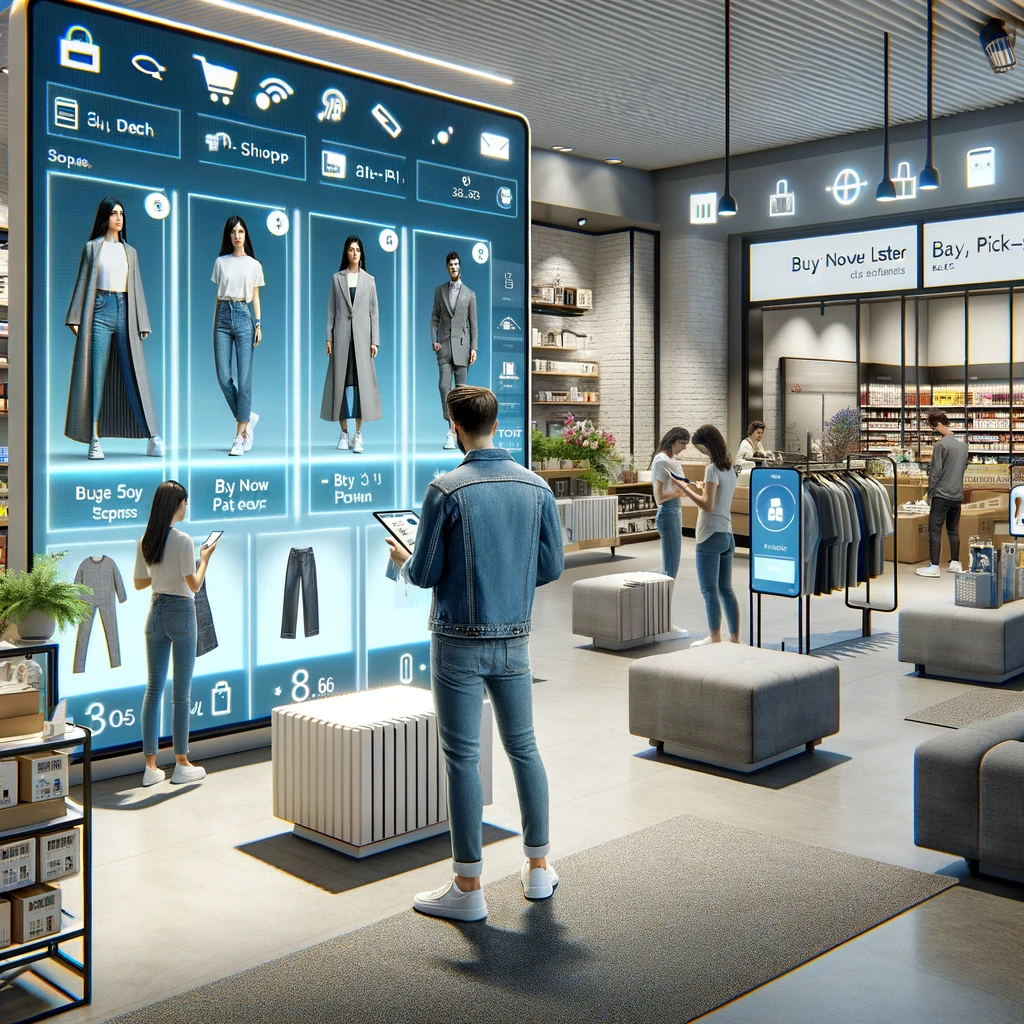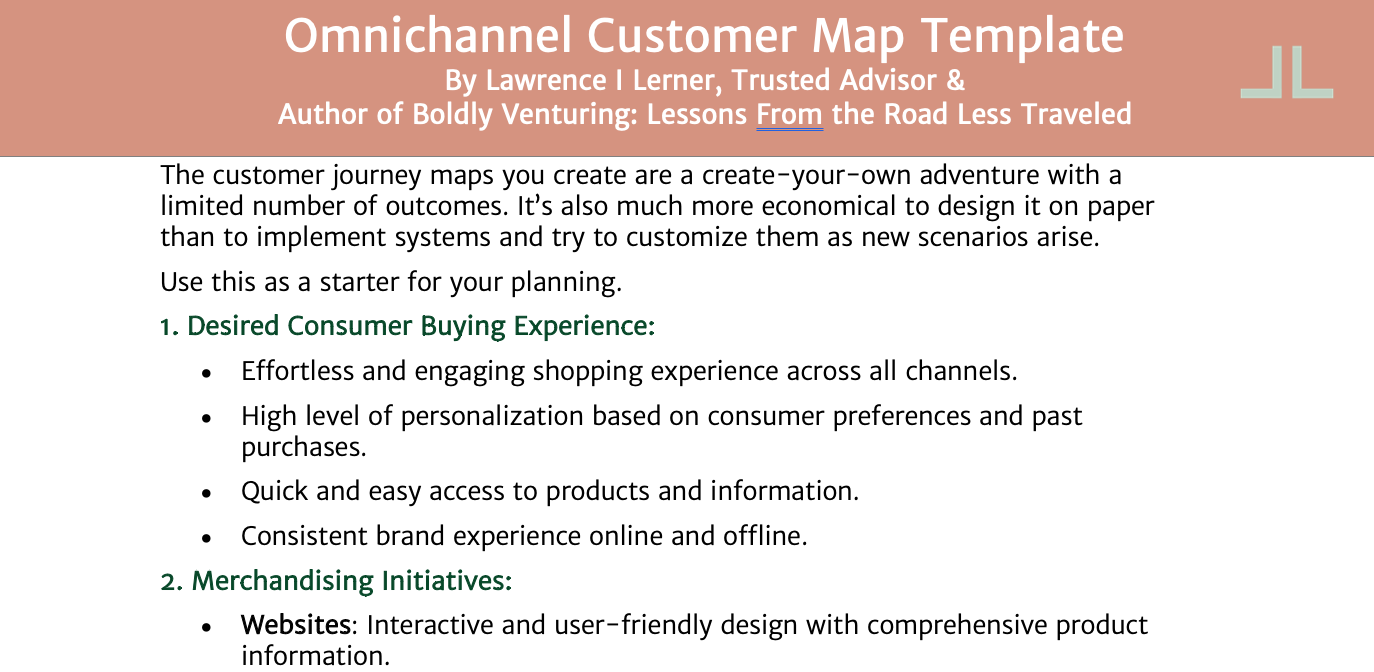Imagine a shopping experience that is so frictionless it feels like something out of Star Trek.
This isn't a dream of the distant future—it's the reality that omnichannel retail promised. But has this promise been fulfilled? Let's journey through the evolution of online shopping and see where it led us.
Once upon a time, in the early days of the internet, there was a fear that the web would replace all traditional intermediaries. Fast forward to the year 2000, with the dot-com bubble just behind us, online shopping was finding its feet, and mobile is yet to be born.
Retailers began to dabble in multi-channel strategies, aiming to give you a better shopping experience but risking internal competition.
A decade later, 'omnichannel' became the buzzword. It promised a unified shopping experience across physical and digital spaces. But many companies jumped on the bandwagon without understanding why, except perhaps to extend their digital presence.
Retail innovation comes from process change; technology is simply a tool.
The success of omnichannel has never been about technology; it’s creating a delightful customer journey. Companies that failed to understand and build the correct process map have struggled.
In 2014, Target's disjointed omnichannel approach led to a #fail when a treadmill purchased from its Etsy store couldn't be delivered, exposing gaps in customer service, internal communication, and multiple online channels.
The customer service team's lack of training and accountability exposed an end consumer to the inner workings of a multi-billion dollar retailer, leaving the consumer to fend for themselves.
Your brand starts with its people, and customer service is your people, too.
A working example is Nespresso. Their model is designed around omnichannel. Coffee machines are available in a wide range of partner stores and online. Coffee capsules are only available via their online presence. With $534M in consumer sales, Warby Parker is another success.
Fast forward to the present, and the "Click & Collect" model, matured out of necessity during the COVID-19 pandemic, has become a staple. It's a testament to how quickly the retail landscape can adapt, integrating systems to give you real-time updates.
The once-rigid line between online and offline retail is dissolving, replaced by a (mostly) seamless tapestry of omnichannel. Driven by cutting-edge technologies and a deep understanding of diverse consumer motivations, omnichannel is revolutionizing how we shop, with supermarkets, department stores, and flagship stores leading the charge.
Where should retailers begin to craft a successful omnichannel experience for everyone?
Everything begins with memory, so if you say data, highest marks. The customer and their preferences (locations, preferences, payment methods, history, etc.) are the center of the journey.


